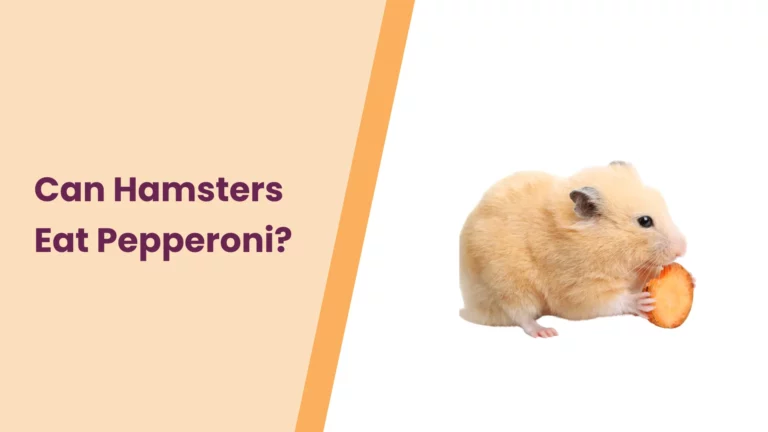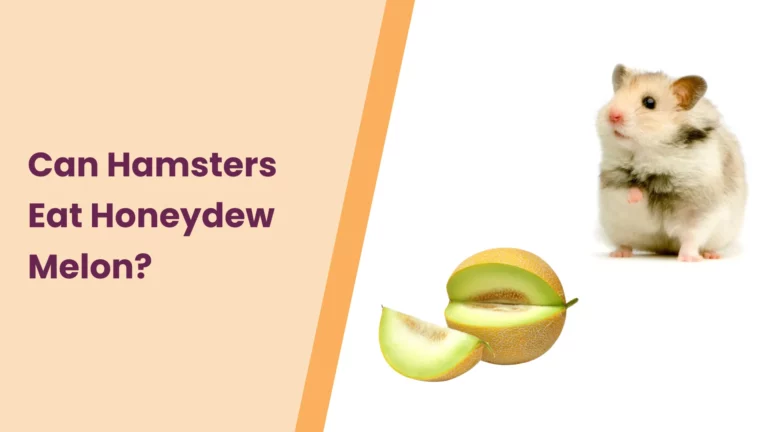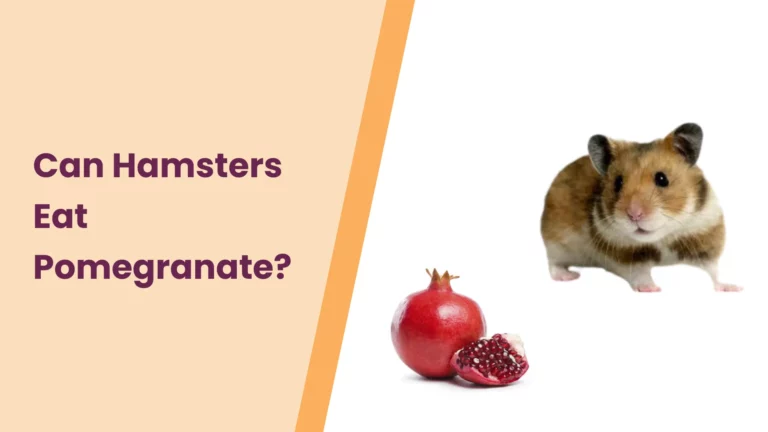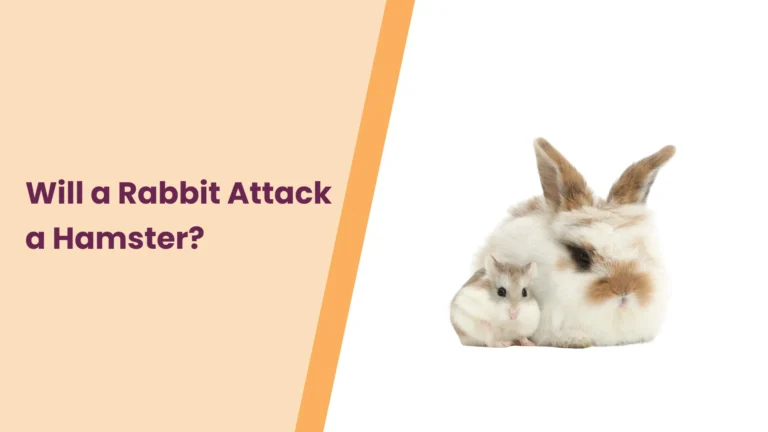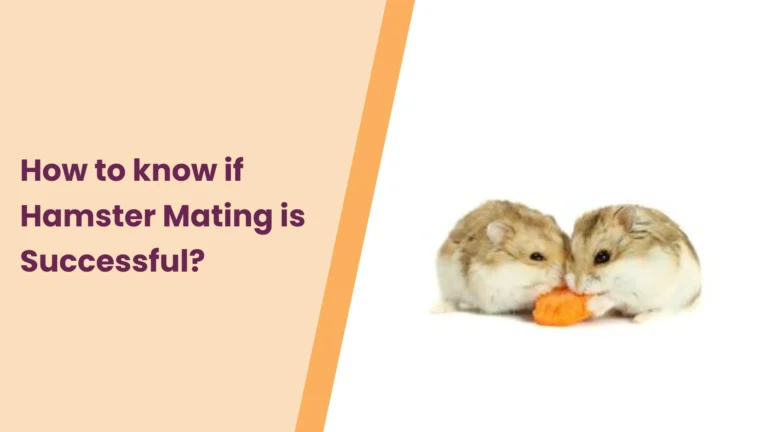Is Plywood Safe for Hamsters? All You Need To Know
Welcome, fellow hamster enthusiasts! As devoted caretakers of these pint-sized bundles of joy, we know that crafting a safe and comfortable haven for our furry friends is a top priority. Today, let’s delve into a topic that might cross your mind when planning your hamster’s dream home – the use of plywood. As we embark on this exploration, we’ll unravel the layers of plywood, examining its potential impact on our hamsters’ well-being.
Join us on this journey as we seek to answer the pressing question: Is plywood safe for our beloved hamster companions? Buckle up, and let’s navigate the maze of information together to ensure our tiny friends live their happiest and healthiest lives.
Understanding Plywood
A. Unveiling the Plywood Puzzle
What’s Plywood Made Of?
Plywood, a versatile material, is like the Swiss army knife of the construction world. Composed of multiple layers of wood veneer glued together, it boasts strength and durability. Each layer, or ply, is placed perpendicular to the adjacent ones, providing stability. But, before we delve into the intricacies, let’s pause and marvel at the craftsmanship behind this composite wood product.
B. Plywood Varieties in the Wild
Species of Plywood in the Market Jungle
Just like hamsters come in various breeds, plywood has its own diverse lineup. From softwood to hardwood and everything in between, the options can be overwhelming. Pine, birch, and cedar, to name a few, each bring their unique characteristics to the table. Navigating this plywood jungle requires a keen eye and an understanding of what suits your hamster’s habitat best.
C. Choosing Plywood: A Compassionate Decision
Guiding Principles for Hamster Homes
As conscientious hamster parents, we must consider a multitude of factors when selecting the right plywood for our pet’s dwelling. It’s not just about aesthetics; it’s about creating a haven that promotes their well-being. Paying attention to thickness, veneer quality, and potential chemical treatments is crucial. After all, we’re not just choosing plywood – we’re crafting a home, a sanctuary for our tiny, furry companions.
In the next section, we’ll shine a light on the potential risks associated with plywood to make informed decisions that prioritize our hamster’s safety. Let’s continue this journey of discovery together!
Potential Risks of Plywood for Hamsters

A. Unmasking Hidden Dangers
The Chemical Conundrum
Plywood, with its intricate layers, can sometimes harbor hidden challenges for our petite companions. Many commercially available plywood types undergo treatments and bonding processes that involve adhesives and chemicals. These substances, while enhancing the wood’s performance in construction, might pose potential risks for our hamsters. As diligent caregivers, it’s our duty to understand and navigate this chemical maze.
B. Off-Gassing: The Silent Intruder
The Scent Trail of Off-Gassing
One of the potential risks associated with plywood is off-gassing – the release of volatile organic compounds (VOCs). These compounds, often found in adhesives and finishes, can emit odors that may be harmful to sensitive hamster respiratory systems. Picture it as a silent intruder, undetectable to our senses but potentially impactful on our tiny friends.
C. Prioritizing Respiratory Well-being
Hamster Health at the Forefront
Our hamsters, being nose-to-the-ground explorers, are particularly vulnerable to airborne pollutants. Understanding the risks of plywood allows us to make informed decisions that prioritize the respiratory well-being of our cherished pets. It’s not just about creating a cage; it’s about constructing a haven that promotes health, happiness, and longevity for our hamster friends.
In the upcoming section, we’ll explore safe plywood alternatives and guidelines to ensure our DIY hamster habitats are both secure and snug. Join us as we navigate the twists and turns of plywood safety for our beloved companions!
Safe Plywood Options for Hamster Cages
A. Navigating Towards Safety
Cracking the Code of Low VOC Plywood
When it comes to selecting plywood for your hamster’s haven, low VOC (Volatile Organic Compounds) options take center stage. Opting for plywood with minimal off-gassing potential ensures a safer environment for your tiny companion. As you embark on your quest for the perfect plywood, keep an eye out for labels indicating low VOC content – a key to unlocking a healthier home for your hamster.
B. Adhesive Awareness
Sticking to Safety: Choosing the Right Adhesives
Plywood often relies on adhesives to keep its layers together, but not all adhesives are created equal. Ensure that the plywood you choose employs safe and non-toxic adhesives. Your hamster’s space should be a sanctuary free from harmful substances. Delve into the product specifications and don’t hesitate to ask questions when making your purchase – a vigilant eye today ensures a secure haven tomorrow.
C. Ventilation Virtues
Breathing Room for Blissful Hamsters
Creating a well-ventilated cage is paramount for your hamster’s health. Opt for plywood with proper ventilation properties to ensure a constant flow of fresh air. Adequate ventilation not only mitigates the risks of off-gassing but also contributes to an overall comfortable and stress-free environment for your hamster. It’s like providing them with their very own breath of fresh air in the heart of their habitat.
As we journey through the world of safe plywood options, the next section will guide you through DIY hamster cage ideas, transforming these materials into cozy retreats. Let’s continue sculpting a space where safety and warmth harmonize for our beloved hamsters!
DIY Hamster Cage Ideas with Plywood
A. Crafting Cozy Retreats
Embarking on a DIY Adventure
There’s a certain joy in creating a hamster haven from scratch. If you’ve got a flair for DIY projects, plywood opens up a world of possibilities. Begin by sketching out your vision, keeping in mind the comfort and well-being of your furry friend. Whether it’s a multi-level mansion or a cozy hideaway, let your creativity flow as you embark on this crafting adventure.
B. Step-by-Step Sanctuary
Building Blocks of Bliss
For the DIY enthusiast, here’s a step-by-step guide to transform plywood into a hamster paradise. Start with the right measurements and a sturdy plywood base. Assemble the layers with care, ensuring secure connections. Incorporate ramps, platforms, and cozy corners for exploration and relaxation. Picture each step as a brushstroke on the canvas of your hamster’s home, painting a masterpiece of comfort.
C. Decorating with Hamster Happiness in Mind
Designing for Delight
As you bring your plywood creation to life, consider the aesthetics and functionality of each element. Add safe, non-toxic accessories for your hamster’s amusement – tunnels, wheels, and chew toys are all fair game. Incorporate soft bedding for a touch of luxury, creating a space where your hamster can both play and unwind. Remember, it’s not just a cage; it’s a curated retreat tailored for your hamster’s happiness.
In the next section, we’ll explore alternatives to plywood and weigh the pros and cons, ensuring you make an informed decision that aligns with both your DIY aspirations and your hamster’s well-being. Join us as we continue sculpting spaces filled with love and creativity for our cherished hamsters!
Alternatives to Plywood
A. Exploring Diverse Materials
Beyond Plywood: A Material Medley
While plywood is a versatile option, it’s not the only player in the game. Let’s explore alternatives that offer unique advantages for your hamster’s habitat. From natural wood options like solid hardwoods to engineered woods such as MDF (Medium-Density Fiberboard), each material brings its own set of characteristics to the table. Join us in this exploration as we consider the pros and cons of various alternatives.
B. Weighing the Pros and Cons
Navigating the Maze of Choices
Solid hardwoods, like birch or oak, provide a natural and sturdy option, but they may come with a higher price tag. Engineered woods like MDF are more budget-friendly but may have different durability considerations. Consider your budget, your DIY skill level, and your hamster’s preferences as you weigh the pros and cons of each material. It’s a delicate balancing act to find the perfect match for your unique situation.
C. Making an Informed Decision
Choosing What’s Best for Your Furry Friend
Ultimately, the best material for your hamster’s cage depends on your specific needs and preferences. Whether you opt for plywood, solid hardwoods, or MDF, the key is to prioritize safety, comfort, and durability. As you make decisions about your hamster’s living space, envision it not just as a cage, but as a home where your tiny friend can thrive.
In the concluding section, we’ll recap our journey through the world of hamster habitats, emphasizing the importance of informed choices for the well-being of our beloved companions. Join us as we wrap up this exploration with a commitment to creating spaces filled with love and care for our furry friends!
Conclusion
In our quest to create the perfect haven for our hamster friends, we’ve navigated the complexities of plywood, uncovered potential risks, and explored safer alternatives. Remember, the key to crafting an ideal hamster habitat lies not just in the materials but in the thoughtful choices we make as caregivers.
As we conclude this journey, let’s commit to informed decisions that prioritize the well-being of our furry companions. Whether you choose plywood, solid hardwoods, or another material, let each component resonate with the love and care you have for your tiny friend. Hamster habitats are more than cages; they’re expressions of our commitment to providing comfort, joy, and security.
Share your experiences, tips, and DIY creations within our community. Together, let’s continue enriching the lives of our hamster companions, ensuring they thrive in environments filled with warmth and affection. Happy hamster parenting!
“We invite you, fellow hamster enthusiasts, to join the conversation and share your thoughts! Have you embarked on a DIY hamster cage project, or do you have insights into creating a cozy haven for your furry friend? Your experiences and tips are invaluable. Drop a comment below and let’s build a community where knowledge flows as freely as the joy our hamsters bring. Feel free to share this post on your favorite platforms, spreading the love and knowledge to fellow pet parents who might find it beneficial.
Together, we can create a space filled with collective wisdom, ensuring that every hamster receives the care and comfort they deserve. Thank you for being a part of our hamster-loving community!”–HamsterPit


